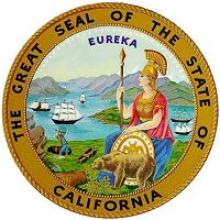California Bill Maps Existing Fiber, Requires Conduit Construction
Legislation improving rural Internet access and reducing telecommunications outages is headed to the Governor’s office after unanimously passing in the California State Assembly and Senate. AB 1549 creates a comprehensive statewide map of all conduit and fiber cables in California and requires new conduit to be laid during public works projects.
“We need better connectivity in our rural communities, bottom line,” said California Assembly Member James Wood, who introduced the legislation, in a June press release.
“In past decades the public sector invested heavily to deliver copper telephone lines and electricity across the country. This is a drop in the bucket compared to those investments, but it will make a world of difference for our communities in this 21st Century economy.”
Improving Service, Lowering Prices
Internet Service Providers (ISPs) have cited the cost of laying fiber cable and conduit as a major deterrent for investing in infrastructure, especially in rural communities. That cost is mostly incurred when companies have to dig into the ground. AB 1549 helps ISPs lower these costs by mandating that CalTrans, the state’s department of transportation, notify ISPs when it is opening a trench that could house conduit. If no ISPs are interested in installing conduit at that time, CalTrans is required to install it for future use.
A number of local communities have similar “dig once” policies, which lower costs, but the bill is the first statewide effort in California. Santa Monica, which implemented smart dig once policies and has since deployed fiber across the community, has had a 90 percent reduction in the cost of laying fiber by coordinating fiber and conduit installation with other capital projects.
Decreasing Outages, Preventing Losses


